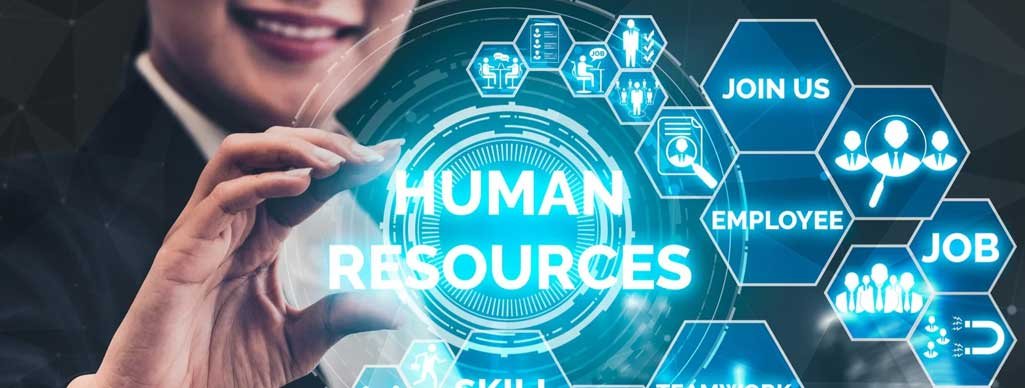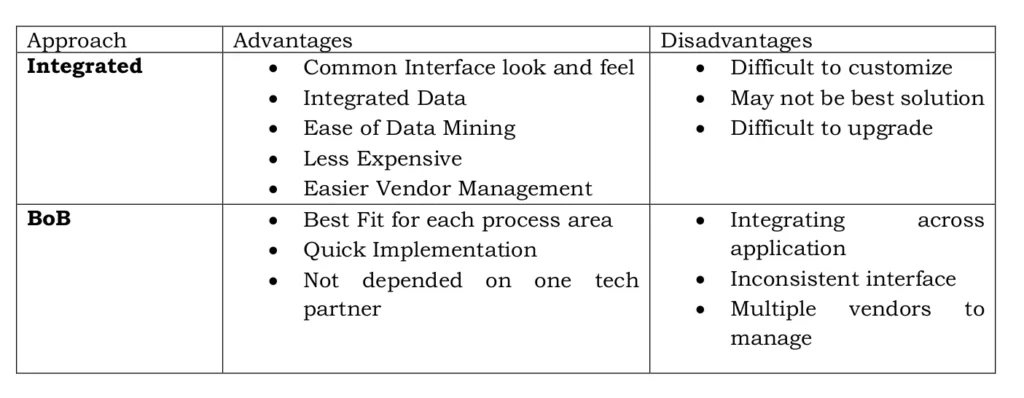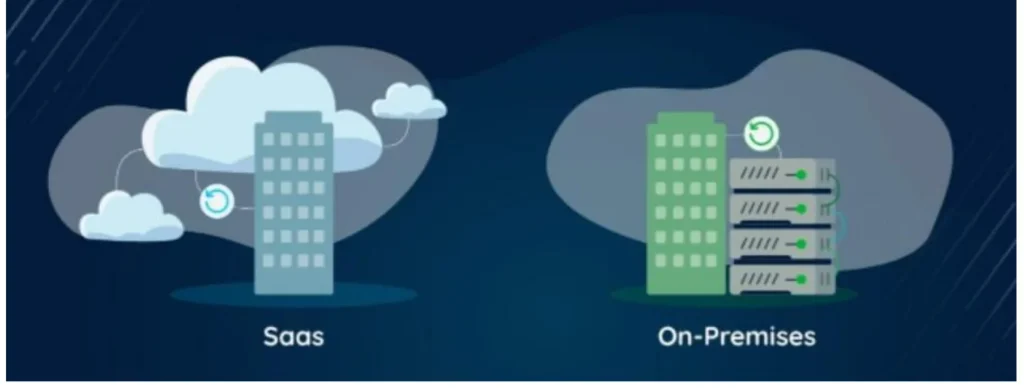
Anirban Chatterjee, IOCL
anirbanc@indianoil.in

Background:
Technological advances in every sphere of life today have brought us to Industry 4.0, the Industrial Revolution driven by technology. To achieve our corporate vision to be a Globally Admired Energy Company, we at Indian Oil are adopting the latest and most impactful technological interventions in every business vertical.
Human Resource is the most important asset that we have. The 33000+ on roll workforce and over 3 Lakh stakeholders and channel partners, Human Capital at Indian Oil is rich and ready to take this great organization to newer heights.
Technological advancements in the field of HR therefore are as important as any other business vertical because HR is now a business partner. Traditional HR and people management is now completely transformed globally to a digitally assisted new age HR, which delivers services to its customers with speed, ease of use and partners business in keeping the people agile and adaptive.
HR is evolving into a more technology-based profession because we need to:
Streamline HR processes and reduce administrative burdens.
Reduce HR administration and compliance costs.
Improve service and access to data for employees and leadership roles.
Provide real-time data to allow HR Business Leaders to manage the workforce more effectively.
Enable HR to transform so it can play a more strategic role in the business.
However, adopting modern technology is a very important decision that the HR Leadership has to take, as there are numerous solutions which are available, it is important to know some basic concepts of HR Technology while evaluating proposed solutions to take a very informed decision so that the Return on Investment (ROI) is fast and accurate
What is HRIS / HRMS:
The first concept that comes in every discussion of HR Technology is about what HRIS / HRMS is the Corporation using? Then what is HRIS/HRMS?
HRIS (Human Resource Information System) / HRMS (Human Resource Management System) is a software solution that maintains, manages, and processes detailed employee information and human resources-related policies and procedures. As an interactive system of information management, the HRIS standardizes human resources (HR) tasks and processes while facilitating accurate record keeping and reporting. —Oracle
Essentially HRIS means the technology platform on which the Human Resources Data is being maintained in the system, and for Indian Oil, our HRIS is SAP HCM (ERP), which is considered the mother data for all other related and connected HR Tech solutions.
Decision on going for an HRIS must therefore be very well thought of, as the investment is large and it becomes the foundation to adopting digital solutions for each process area, a large organization like Indian Oil has successfully implemented SAP HCM, however a small company with 1000+ workforce may find SAP HCM to be to cost heavy for their requirements.
Integrated or Best of Breed:
Once the decision on the HRIS is made by an organization, the immediate next question that comes to the HR Strategy team is whether to go for an Integrated Solution or “Best of Breed” approach
Integrated: As the name suggests integrated means one, that is a single platform or software that will cater to every HR Process Area. These are enterprise solutions and will have work areas from staffing, compensation management, employee services, compliances etc. all under one umbrella approach. Integrated HR Solutions typically have the following features:
A single interface to login for any HR Process Area
A single vendor which provides the complete solution
Very close integration among HR Verticals
Best of Breed: Best of Breed, popularly known as Bob is when an organization decides to bring the best applications in each HR Process Area as a solution. In this approach, an organization may work with one or more vendors to supply technology solutions. BoB typically have these common features
Unique applications for each process Area
Multiple vendors, typically the market leaders in their respective domain
All applications will take base data from the HRIS system
In Indian Oil we have gone with BoB , to bring the best solutions available in each of HR Process Area like elm’s, LMS (Swadhyaya), ESS, SBT (Quest2 Travel) etc

Delivery Methodology:
Once the decision is made by the Strategy team to go for an Integrated Platform or Adopt the Best of Breed applications, the next decision need to be taken about the mode of delivery of the Technology solution, since that becomes the final decision which involves cost, time and ROI
There are 3 most popular methods of Delivering the technology solution
On Premise:
On premise typically means that the Software will be purchased and installed in each PC/Desktop by the internal IT Team, this was the only mode available a few years back and it was time consuming as well as resource heavy method.
Cloud Based or Hosted
In this mode of delivery, the Software/ Application is purchased by the Organization but it is hosted either on the Vendors Side or on a cloud-based server and it is supported by the Vendors IT team. The application is used typically through a web portal or through a mobile application. This is a common method of application delivery today as it is faster to implement and less cumbersome to manage. Many of our applications in Indian Oil are cloud-based solutions, like our Learning management system ‘Swadhyaya’
Software as a Service (SaaS)
SaaS is the latest delivery model that is getting wide popularity today, in this method the Organization doesn’t purchase the software but only secures licenses to use the software, which is already developed and deployed. The vendor will offer the same software to multiple clients and will maintain the customization for each customer. In Indian Oil Office365 is an example of application on a SaaS model
Both hosted and SaaS approaches can be effective for organizations without the resources or the technical expertise to implement a large, integrated system.

Factors | On-Premises | Cloud | ||
Advantage | Disadvantage | Advantage | Disadvantage | |
Cost | Can be cheaper in the long run | Significant upfront hardware and software costs (cap- ex) means a mistake can be hugely expensive | Predictable subscription pricing Costs allocated to op-ex No upfront hardware/software cost | Really need to project costs out over the long- term Software licensing can mitigate hardware savings |
Agility and Scalability | Physical control over the hardware means upgrades can be tightly controlled | Need to plan well in advance to changes in demand because of the time necessary to research, justify, order, and deploy hardware. | Cloud resources can be rapidly adjusted to accommodate specific demand | Costs escalate when the cloud infrastructure is improperly managed (i.e., Shadow IT) and not properly tracked |
Could be stuck with excess IT infrastructure which may or may not be able to be re- purposed | ||||
Readily able to | SaaS platforms are quite | |||
Software | customize the | Customizations can | stable. Updates are | SaaS minimize the |
Customization | platform to meet | lead to reliability and | iterative | ability to modify the |
unique | software support | platform | ||
requirements. | issues | |||
Software Deployment | Technology can be deployed based on unique IT infrastructure and application requirements | Complexity can mean lengthy and difficult deployments | SaaS is quick to implement | SaaS is implemented to a lowest common denominator, limiting functionality |
IT Support | Infrastructure and application expertise are readily available | Dedicated IT necessary, especially when applications are tailored to meet an organization’s unique requirements. | The economies of scale inherent to cloud deployments mean that IT support can manage more with less time and effort | The learning curve for cloud is significant. Properly trained personnel are ex |
Source https://www.heroix.com/blog/cloud-vs-on-premises-pros-and-cons/ | ||||
Conclusion:
At Indian Oil we have taken steps very early to bring best in technology to transform our HR , some of the most popular applications include SAP HCM with Payroll, ePMS, Swadhyaya, Employee Self Service, Chat Bot XERA, In house Mentoring / L&D Portals etc.
But with the rapidly changing business environment and focus on energy transition as well as sustainability goals investing in the best technology solution will give us the tool to align our Human Capital to deliver the best results. However, while taking the most important business decision, the consideration for the best fit solution will be vital. This short article is an attempt to give a basic idea about what all factors we must evaluate so that the investment in technology for our People brings out the best from all IOCians
Lorem ipsum dolor sit amet, consectetur adipiscing elit. Ut elit tellus, luctus nec ullamcorper mattis, pulvinar dapibus leo.
Posted in HR Technology | No Comments »
Recent Articles
- The Communication Network: Public Relations in the Digital Era
- Machines Are Learning, How About You?
- Positioning Exponential Technology – Leveraging for Effective Industrial Relations
- AI – Not Just Another Tech
- How AI and Automation are Redefining Talent Acquisition
- HR Analytics – Enabler for Strategic Business Partnership
- Machine Learning applications in the domain of HR Analytics
- Pandemic provided the tailwind to HR technology sector
- Gamification using Digital Twin for Leadership Management
- HR Tech-Options to evaluate
- Metaverse & Future Workplace
- Beat Burnout by investing in HR Technology and Automation
- How to Harness the Power of AI in HRM
- Driving innovation & Experimentation through Digital HR Transformation & Building Employee Experience
- HR Tech Trends
- Decoding the ‘Digital Personal Data Protection Bill 2022’
